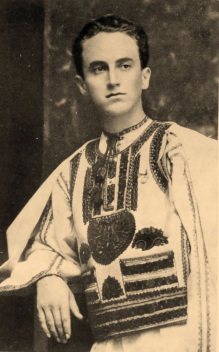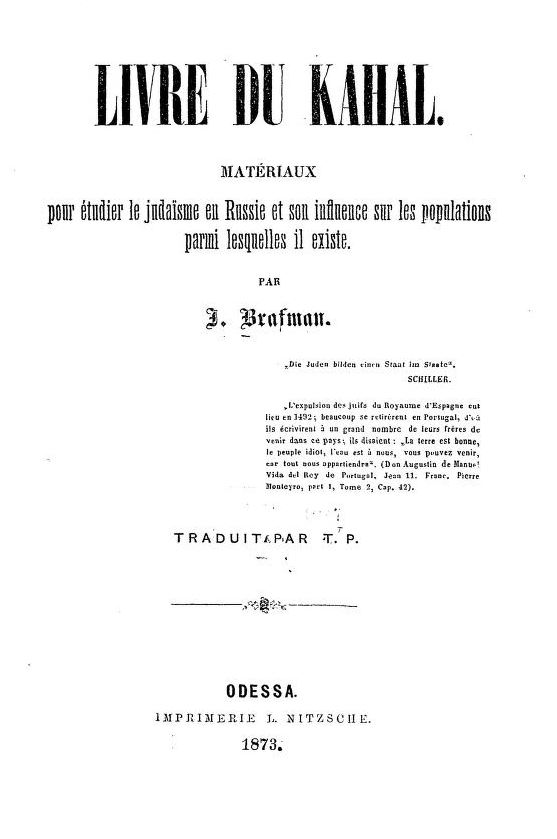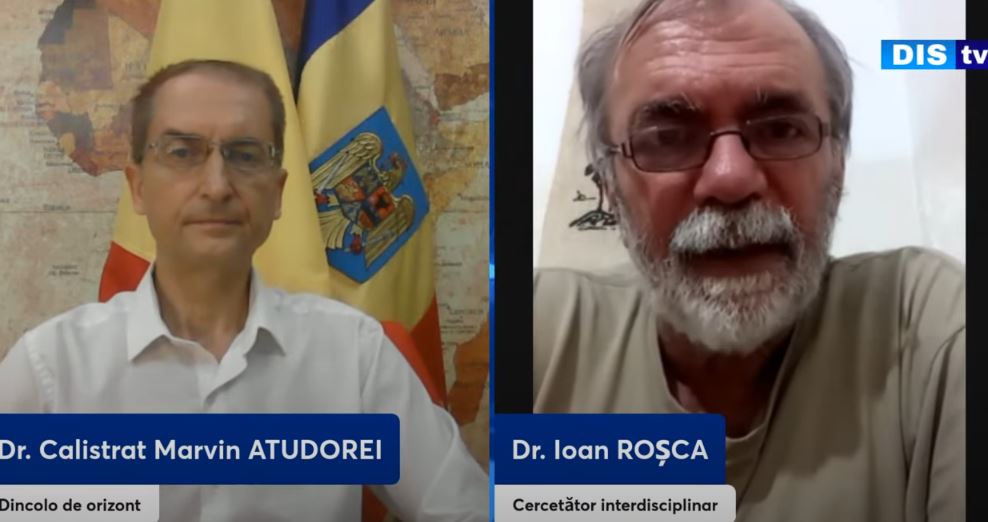Sterie Ciumetti
Incorect Politic
Noiembrie 27, 2023
The Sword of Michael – book review
The Sword of Michael is a book written by American Amory Stern about some of Romania’s notable personalities from various moments in history. The book carries you on a journey and is composed of three main parts.
First Part – Michael the Brave
The first one is dealing with Michael the Brave, the Romanian voivode who united the three principalities for the first time. His character was unusual and his influence in Europe uncontested, a rising star that filled the paintings of Egidius Sadeler, Domenicus Custos, Frans Franken the second and Bartholomeus Strobel.
In the begining, Michael the Brave played the system, using the corrupt Jewish influence to rise to power, then turned 180 degrees and assembled his creditors and had them all killed, informing other individuals that they would now be free of their debt. Thus began his conquest.
Michael the Brave is a classic example of a warrior-leader that men draw inspiration from. He conquered Wallachia from the Ottomans, was betrayed by Hungarians, turned around and conquered Transylvania from the Hungarians, was betrayed by a former ally of Moldavia, turned around and conquered Moldavia, performing the first unification of the three Romanian principalities through fire and sword. Of course, being a hard baller based don’t-give-a-fuck leader, he attracted the attention of powers, the Ottoman Porte, the Jews, the Pope (Michael was eastern Orthodox).
Unfortunately, when stars rise with a blaze, they generate ire and envy, thus it was that Michael the Brave fell victim to an assassination plot ordered by the Emperor of Austria and carried out by Albanian-Italian general Giorgio Basta in 1601.
In the book there is some historical information that is somewhat conflicting in regards to the status of the Romanian principalities. The author writes that they were not considered outright Ottoman territory until the beginning of the 18th century. Even when the Greek dynasty of Phanariots were installed as puppet princes, the principalities were still vassals, not considered Ottoman territory in the literal sense (pașalâc), even though we had some cities becoming pașalâcs at some point, but never the principalities as a whole.
Michael the Brave was a phenomenal character, bold in battle, strategic in diplomacy, wise and cunning, he had all the traits required of a great leader and would have most likely forged a powerful country if he would have not been assassinated. Being a leader means having to make hard decisions and the effects of those decisions cannot please everyone. In this sense, Michael is known for “tying the peasants to the land”, meaning that they could no longer abandon one boyar’s land and go to another boyar. This encouraged boyar abuse and rendered the peasant unable to change his situation by moving.
Michael needed the boyar support and that is why he issued this decree. The author writes that Michael’s memory appears to have survived among Romanian peasants in the form of magical incantations recited to mitigate bad weather – or vanquish their enemies. These include: “With Michael’s sword,/ With the axe given by God,/ Chop the man’s head off”. Also: “With Michael’s knife / You behead the Jew.” It is plausible that peasants used to say certain magical incantations , however the idea that they were invoking the sword of Michael comes from Jewish-Romanian historian Andrei Oișteanu, cited by the author, a historian known for his hatred of Romania and for making stuff up.
I have doubts regarding which Michael the peasants were invoking. If what Oișteanu writes is true about the magical incantations, then it would have had to be Archangel Michael, not Michael the Brave, since the latter was not loved by the peasantry.
Second Part – In search of A.C. Cuza
The second part of the book makes an incursion before and into the interwar period when Romania was dealing with the Jewish problem like never before and one of the notable voices shouting warnings about this issue was the voice of professor A.C. Cuza. He had a great influence on Corneliu Zelea Codreanu, who later founded the Legion of Archangel Michael also known as The Iron Guard, appreciated by nationalists across the world. The Sword of Michael brings an interesting fact to light, that of A.C. Cuza’s meeting with Mihai Eminescu, Romania’s most famous poet and writer. Apparently the two collaborated to take some photos of Eminescu that later became iconic.
Going further back in time, the author paints an accurate picture of Romania’s early days after the unification of the two principalities, Wallachia and Moldova, in 1866. At this time, Jewish moneylenders, merchants, tavern owners and peddlers were having the time of their life fleecing our people.
A bit of a side note regarding the historical situation: After the first unification, after the war of Independence, as well as after the First World War, the European powers said they would recognize our independence/unification only if we naturalize the Jews, giving them equal rights, which was a big no-go for our people. There were heated meetings of politicians and we were so close to fulfilling their desires, in the Moldavian divan (something like a Parliament), following the 1866 unification, the politicians met to sign the law that would give Jews equal rights. However a large mob of angry Romanians were waiting for them outside. And they were fed up with what was going on, they wanted to literally lynch the politicians after they leave the building. The politicians were informed about this and re-evaluated their position, doing the exact opposite of what the Jews wanted and issuing laws that stipulated that only Christians can become citizens. This did not pacify the mob, to calm down they had to burn the synagogue of Iași, which the king Carol the first rebuilt with his own money. Now back to the book, it was these conditions that made it possible for A.C. Cuza to specialize in antisemitism and later establish the National-Christian Defense League.
 National-Christian Defense League symbol, founded in 1923, ten years before Hitler came to power
National-Christian Defense League symbol, founded in 1923, ten years before Hitler came to power
One of the more regrettable facts presented by the author relates to the split between Corneliu Zelea Codreanu and A.C. Cuza, generated by various disagreements on how the group should be organized. Regrettable not merely because of the split itself, but because following this split, Cuza’s men would often go as far as to physically attack Codreanu’s men, we’re talking about two nationalist groups literally fighting among themselves. This infighting virus is active today as well with all the dramas and conflicts happening between our guys.
Amory Stern writes about Cuza’s “Science of Antisemitism” and “Nationality in the Arts” , the latter being more particular to his thoughts as a Romanian while the former focuses on the universalistic side of his thought, in which he promotes pan-antisemitism. Like Eminescu, Cuza rejects liberal values and declares in “Nationality and the Arts” that Humanitarianism has no place in Romanian schools.
The author briefly mentions the unsung discoverer of insulin, Nicolae Paulescu, known for his works regarding the Talmud and the Jews. One of his works is titled “The degeneration of the Jewish Race”, quite rare as I still haven’t managed to get my hands on it. Our website freely hosts his other works though, “The hospital, the Coran, the Talmud, the Kahal and the Freemasonry” and “The Four Passions“, both waiting to be translated into English. His merits in science were ignored, the award for discovering insulin was awarded to some Canadians because International Jewry did not want to promote an anti-Semite.
The author also writes about Junimea, the literary cenacle Mihai Eminescu was a part of. Junimea was in its majority composed of freemasons, they were liberal masons pushing humanist values rather than Christian tradition, as we notice from Eminescu’s stark disagreement with their view on antisemitism.
A shining gem of knowledge useful to any patriot, that can become an example of how an unapologetic worldview can be expressed is Eminescu’s supreme law:
“Eminescu’s goal – he defines it as his ‘supreme law’ – was the preservation of his country and its ethnic identity…Consequently, the national interest must determine every political, educational and cultural decision. This, in Eminescu’s eyes, what he called “American liberalism” (or Western humanitarian values) might imperil the uniqueness of the Romanian ethnic character, and should therefore be rejected…He rejected the incomplete and superficial Westernization of 1848. Eminescu recognized only two positive classes in Romania: the nobility, and, above all, the peasantry. Any development must be based on the peasant, and it must be an organic one…Eminescu was closer to the peasants than the boyars.”

It’s absolutely based that Amory Stern included Mihai Eminescu’s worldview in the book. A detail that’s missing in regards to Junimea and its leader, freemason Maiorescu, is that Maiorescu plotted against Eminescu and actually had him imprisoned in an insane asylum, making Eminescu the first political prisoner accused of being insane for loving his nation. Later he was assassinated by mercury poisoning.
 A program for the unification of nationalist associations
A program for the unification of nationalist associations
Amory Stern correctly points out that the swastika was used by Romanians before Hitler, even before the founding of the Legion (1927), the generation of 1922 really contributed to the rise of nationalism and the awakening of the Romanian collective consciousness especially in the struggle against the Jewish invasion.
In 1922 we had something like a krystal nacht in one of our major cities, it all started because the Jewish students from the Faculty of Medicine refused to dissect on Jews, they only wanted to dissect on Christians. It ended up with a huge spontaneous mob marching through the city, breaking windows of Jewish stores. The police force was understaffed and unable to control the swift revolt. Stern’s book is a concise presentation of certain personalities and it does not delve deep in these events, however I am mentioning them for the interested reader.
Another amazing episode that should be known is the student strike from 1923. The world-first nation-wide student strike that lasted an entire year, no country that I know of equaled this performance. Why did they strike? Because politicians modified the Constitution to grant Jews equal rights (at long last, what the Jews wanted more than 50 years ago was happening), this was something Romanians did not want at a grass-roots level, having seen what Jews are capable of and having lived with them for so many years.
This new Constitution was voted stealthily and without much pump, but our students decided they must take attitude and strike. Even though they did not manage to stop this new Constitution, they managed to keep the strike going for an entire year which is an achievement in itself. After that, they went back to courses and had to recover A LOT, and when they gave their exams, NONE of the striking students failed. What a generation!
 Ionel Moța, one of the leaders of the generation of 1922 and one of the martyrs that died fighting the communists in the Spanish Civil War
Ionel Moța, one of the leaders of the generation of 1922 and one of the martyrs that died fighting the communists in the Spanish Civil War
Third Part – Moldavian Ukraine
The third part of the book presents the translation of Nicolae Iorga’s Moldavian Ukraine and further information about Basarrabian Romanians playing a role in both Ukraine and Russia, a rich addition that I was not aware of prior to receiving the book. I discovered the Black Hundred and the Union of Archanghel Michael, founded by a nobleman from Basarabia. Interesting to see how Romanians influenced other countries and events and how this protective warrior-like figure, the Archangel Michael, is invoked and taken as a patron by men of strong character.
What is absolutely fantastic is that the author mentions the Kahals, even just this name drop without any other details is sufficient for others, for curious researchers, to study the phenomenon. Kahal, sometimes written Kahel/Qahal/Cahal was a sort of state-in-state, an enclave, acting as both judicial, administrative and legislative apparatus for Jews, all underground and operating within the host state. Gypsies have something similar, only for trials and judicial issues, called STABOR.
There exists a book called the Book of the Kahal, written by Jacob Brafman, in which he explains in detail about the Kahal rules, regulations, rituals, processes, it is quite large from what I heard, over 1000 pages. There is also a Romanian translation that I got my hands on, called Tainele Kahalului (The secrets of the Kahal), by Samizdatus Valahicus, an abridged version of the Book of the Kahal.
In this book we are shown how Jews sell the right to exploit Christian properties (hazaka) and Christians themselves (meropje), the operation of transfering/buying these rights would take place within the secrecy of the Kahal. One Jew would go to the Kahal and say „I want to buy the local hospital”. The Kahal would draft a contract, agree on a sum and then issue a document saying that the buyer will enter into possession of the good but it might take some time. This was stipulated because the real owner of the hospital had no clue about the transfer and the Jewish organizations would slowly make the conditions required for the real owner to sell his property. In case of the hospital, perhaps the providers of various materials would delay their shipments or refuse to send them altogether, or send faulty materials, then the police would make more checks than usual, all meant to erode the owner’s energy and make him want to be rid of the problems by selling.
Vladimir M. Purishkevich
The segment about Purishkevich was new to me, as well as most of the Moldavian-Ukraine-Russian history. It did tingle my sense of national pride reading about these Romanians who organized proto-fascist Russian nationalist movements opposing Jews. Fighting left-wing revolutionary cells was Purishkevich’s passion, writes Stern, presenting a coherent opposition to Bolshevism and all manner of Jewish subversion.
The assassination of Rasputin
I’ve read conflicting reports on Rasputin, some sources painted him in bright light, others presented him like a villain, however Stern paints a picture that makes sense in The Sword of Michael. We are shown that Rasputin lobbied for Jews receiving equal rights, that would be the same issue that happened in Romania during the 1923’s, only it happened earlier in Russia.Romania was among the last countries to give Jews equal rights and even this had to be done stealthily and against the will of the people. Purishkevich shot and killed Rasputin mainly because of Rasputin’s lobby to hand over the keys of the kingdom to Jews, disguised as “the emancipation of Jews”.
Purishkevich went on and tried to overthrow the Provisional Government following the Bolshevik revolution, a deed for which he was imprisoned. The author writes that in another cell were two longtime followers of Purishkevich who, the following year, would oversee the translation into German of a text then unknown in Germany: The Protocols of the Learned Elders of Zion. That a Romanian had a role in this monumental translation is another detail that I was not aware of until Amory Stern brought it to light.
Book format and physical qualities
The book is standard format and the writing is in big letters, making it easy to breeze through it. Aside from the information about Ukraine which is more specific, the book would constitute a decent introduction to Romanian history for those completely unfamiliar with it. As for the book’s physical quality, I noticed that the cover is prone to bend at the corners and remain bent after browsing through the pages and I have not brutalized it as I love books and take good care when handling them.
It’s a miracle that we can still publish such materials, I suppose the First Amendment is still valid in most of the states, except Florida where Ron DeShabbos issued a law (HB-269) that effectively removes free speech, he signed the law in Israel. The book has an ISBN, a copy was sent to the Library of Congress, everything is on the surface and official. You can still do this in Romania with some books, however not all of them. The Secrets of the Kahal mentioned in the text above was not published officially, on the surface, but underground, in the form of samizdat.
While censorship is growing, the bigger problem is that less people are reading books in our day and age. In this case I think it would be a good idea to record The Sword of Michael, as well as other books like this, as audio-books.
Conclusion
I find it fascinating how an American took his time to research what happened in this corner of the world, a corner which is not entirely insignificant considering the many battles against Ottomans that wanted to cross into Europe, effectively making Romania the Shield of Europe.
As for the inter-war period when the Legion of Archangel Michael was founded and Corneliu Zelea Codreanu began teaching, the legionary doctrine is fundamental to nationalists across the world.
Understanding the concepts in Codreanu’s book might be the solution to heal both the West and the East. Applying the principles of the Legionary Movement goes beyond the scope of our country and can pave the way to forge a true European Brotherhood.
Many thanks to Amory Stern for the work he put in, it honors our people and our history.
Hail Victory!
Sterie CIUMETTI
 Legionary march in honor of martyrs Ion Moța and Vasile Marin
Legionary march in honor of martyrs Ion Moța and Vasile Marin
 Incorect Politic O Publicație Dizidentă
Incorect Politic O Publicație Dizidentă












